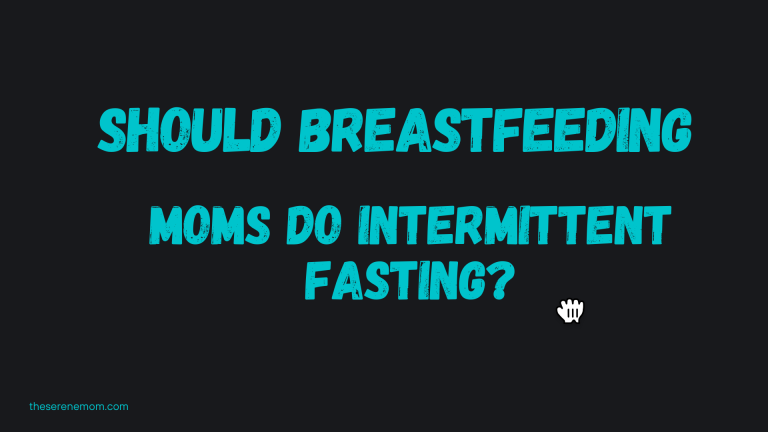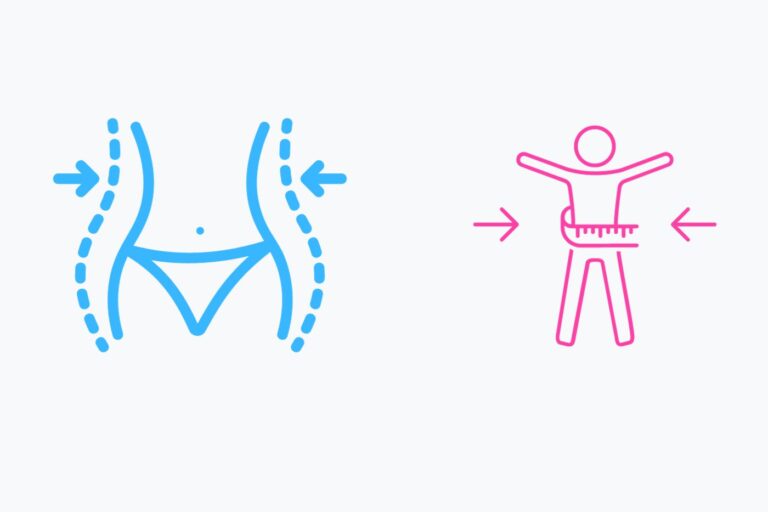Is Intermittent Fasting a Fad? Exploring the Benefits
About 39% of adults worldwide are overweight or obese. That’s why finding ways of losing weight and living a healthy lifestyle is essential for society today. Intermittent fasting (IF) is a diet plan that can aid in weight loss and health improvement.
Unfortunately, there’s a lot of speculation about what it is, whether it works and if it can help improve health. It can be tricky to determine whether IF is a fad or sustainable lifestyle practice.
If you’d like to know what intermittent fasting means and its scientific benefits, this post is for you. Here, we’ll define intermittent fasting, explain how it works, and highlight the benefits of adopting it into your lifestyle.
Let’s get started.
What is Intermittent Fasting?
Intermittent fasting is a dietary schedule that involves periods of voluntary fasting followed by unrestricted eating. It is a strategy that aims to change body composition by reducing fat mass and weight. This practice originates in traditional fasting, which involves abstaining from food and beverages during a specific period for spiritual and health benefits.
One of the reasons intermittent fasting is popular is because it doesn’t require a change of your pantry or constantly monitoring how many calories you take.
How Does Intermittent Fasting Work?
Not every type of fasting can provide clinical results in weight loss and body metabolism. There are three main intermittent fasting models that have been used in studies. We’ll discuss each in this section to give you a clear image of what intermittent fasting involves.
1. Alternate-Day Fasting (ADF)
This diet plan involves alternating between a day of fasting and a day of feasting throughout the week. You can try a modified or zero-calorie ADF model. On the one hand, a modified ADF schedule allows you to eat up to a quarter of your regular calorie intake on your fast day. Nevertheless, you can still adopt a zero-calorie ADF plan which means you’ll take only water when fasting.
On a feast day, you can eat any type and amount of food without restriction. If you choose the modified plan, you can consume your meal in one sitting or divide it into smaller portions you eat throughout the day. This won’t affect the effectiveness of the plan.
2. Whole-Day Fasting
The second way to practice intermittent fasting is with a whole-day fasting approach. Also known as the 5:2 diet plan, this strategy involves five days of feasting and two days of fasting. The two fasting days don’t have to be consecutive and can take any day of the week, depending on preference.
Like in ADF fasting, you can eat up to 500 calories on your fast days or take only water. On the feast days, you can eat as much as you want.
3. Time-Restricted Eating (TRE)
TRE differs from the previous models in that it involves fasting for several hours every day rather than on specific days of the week. Time-restricted eating means you’ll have to eat within a particular time window of a few hours and fast for the rest of the day.
In this meal plan, you can only eat at set times, e.g., from 8.00 am to 4.00 pm. The rest of the time, you can drink zero-calorie beverages like water. You don’t have to keep track of the calories you take and the amount of food you eat during the eating hours.
In this model, there are a few common approaches such as:
- 14:10. 14 hours fasting and 10-hour eating window.
- 16:8 16 hours fasting and 8-hour eating window
- 18:6 18 hours fasting and 6-hour eating window
- OMAD (One meal a day) — One meal a day at a specific time of each day
Is intermittent Fasting Safe?
Many people are concerned that intermittent fasting can cause dizziness, headaches, and constipation. You may experience these symptoms in the first two weeks of starting the intermittent fasting plan. This is because your body needs some time to adjust to the new diet schedule, and after two weeks, most people don’t get these symptoms anymore.
Headaches mainly occur when people get dehydrated during intermittent fasting. You can quickly resolve the issue by increasing water intake during fasts.
Contrary to popular belief, you can also exercise during intermittent fasts. According to a study by the Yonsei University College of Medicine on the effect of ADF on the body, physical activity paired with fasting increased cholesterol metabolism. Engaging in moderate to high-intensity exercises while fasting without adverse effects is possible.
There are specific individuals who shouldn’t practice intermittent fasting because the risk outweighs the reward. The following people shouldn’t practice intermittent fasting.
- Pregnant or lactating women
- Kids younger than 12 years old
- People who have to take medication with food at set times
- People with eating disorders
- People with a BMI below 18.5
What are the Benefits of Intermittent Fasting?
There’s a lot of speculation about the benefits of intermittent fasting. So, this section discusses the advantages of adopting intermittent fasting.
1. Weight Loss
According to a review by the Annual Review Organization on multiple studies on intermittent fasting, the practice led to 1 to 8% weight loss in overweight and obese participants. These diet plans also reduce energy intake by up to 30%. Alternate Day Fasting and Whole Day Fasting (5:2) models produce better weight loss results than Time Restricted Eating.
During the fast, the body makes a “metabolism switch” and uses the fat reserves to supply the energy needed to function. As a result, it reduces the amount of fat in the body leading to loss of weight and mass.
2. Improved Cardiometabolic Health
Intermittent fasting reduces arterial pressure leading to better cardiovascular health. In addition to lowering blood pressure, this practice can also cause a reduction in oxidative stress levels. As such, if you pair intermittent fasting with regular exercise, you can increase antioxidants in your blood, reducing your predisposition to diseases like cancer.
3. Reduced Insulin Resistance
High insulin resistance is associated with increased levels of blood glucose. This condition can get worse in people with obesity, leading to cardiovascular disease. Over time, the uncontrolled rise of blood glucose can lead to Type 2 diabetes and prediabetes.
Intermittent fasting reduces insulin resistance, decreasing the risk of developing prediabetes, Type 2 diabetes, and cardiovascular diseases.
Conclusion
It can take up to 10 weeks to see measurable results for intermittent fasting. There’s a need for more studies to determine the long-term effects of intermittent fasting. Nevertheless, the short-term benefits of intermittent fasting are irrefutable. This practice can lead to weight loss, lower oxidative stress, and reduced insulin resistance.
The challenge with using intermittent fasting for weight loss is that you can always regain the weight you lose if you abandon the diet plan. This means intermittent fasting will serve you better as a lifestyle rather than a one-time action.






